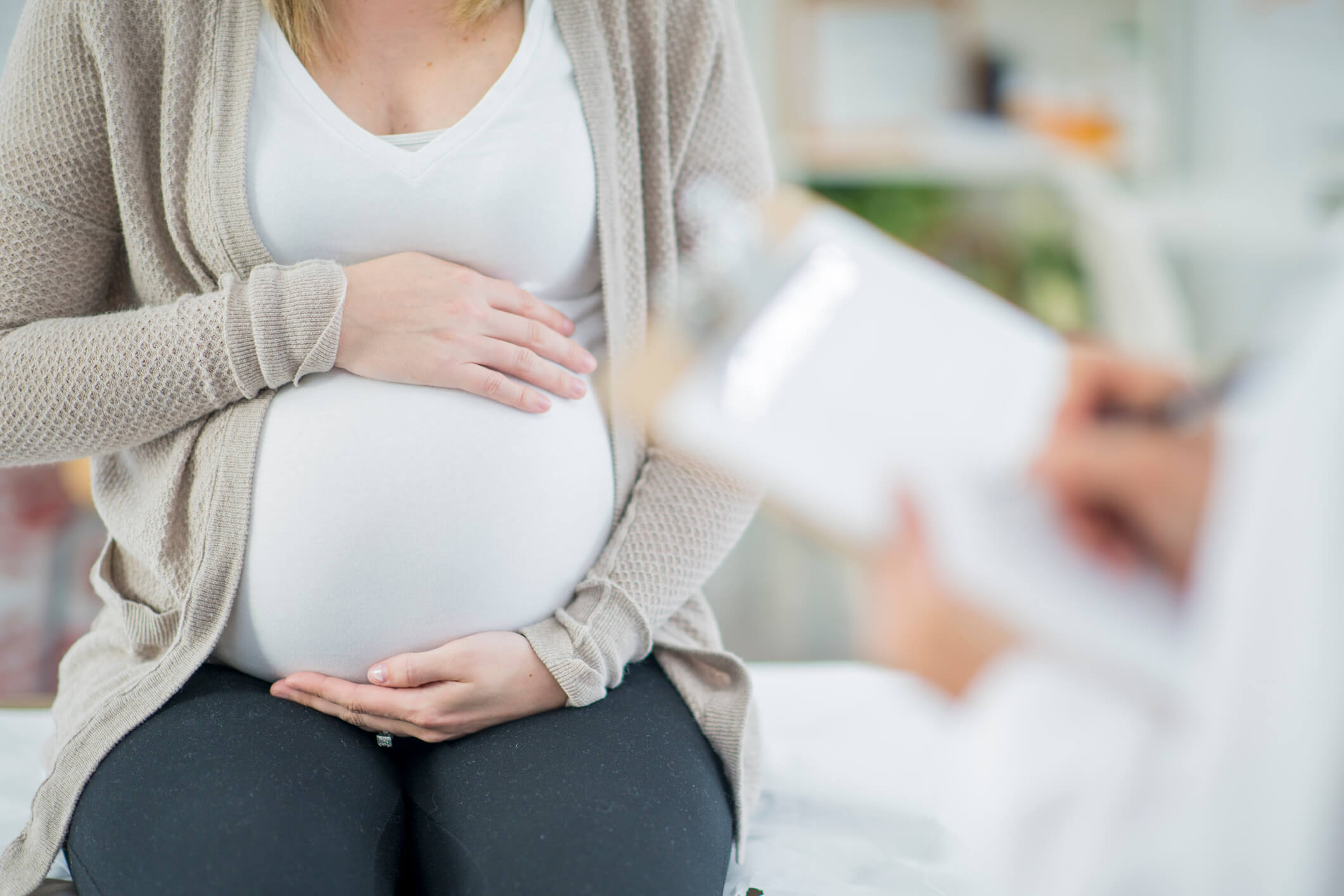Abstract
X chromosome gain has been previously described in male breast cancer (MBC). Androgen receptor (AR) gene is located on X chromosome. The aim of this study was to investigate the role of the X chromosome gain in the development of MBC and its relation with AR gene copy number and expression.
The X chromosome status was assessed in 66 cases of male invasive and in situ duct breast carcinoma, in 34 cases of gynecomastia associated with cancer, and in 11 cases of tumor-free gynecomastia. Cases were tested by fluorescence in situ hybridization (FISH) to assess the X chromosome status and AR amplification. AR expression was studied by immunohistochemistry (IHC). In addition, AR methylation status was assessed.
X chromosome gain was observed in 74.7% of invasive duct carcinoma, in 20.6% of in situ duct carcinoma, and in 14.6% of gynecomastia when associated with cancer, while all cases of tumor-free gynecomastia showed wild X chromosome asset. AR gene copy number when increased paralleled the number of X chromosomes. AR IHC expression was observed in 100% of MBC tested. AR gene methylation status revealed low level or absence of methylation.
These data suggest that X chromosome can play a role in the neoplastic transformation of male breast epithelium. X chromosome gain is paralleled by AR gene polysomy. Polysomic AR genes show low methylation levels and high AR protein expression on IHC. These data should be taken into consideration for MBC treatment planning.
https://ift.tt/2xabsCZ





